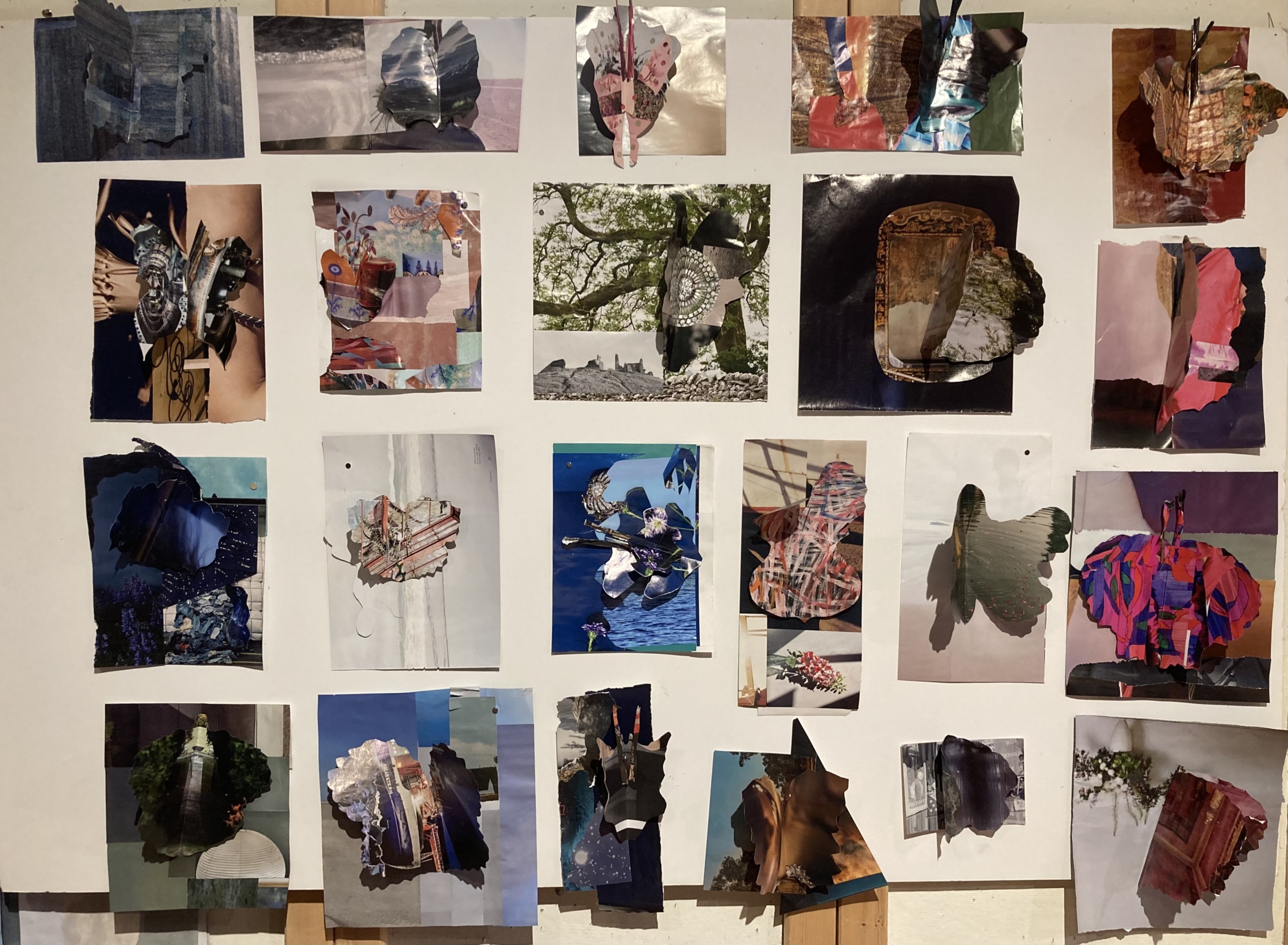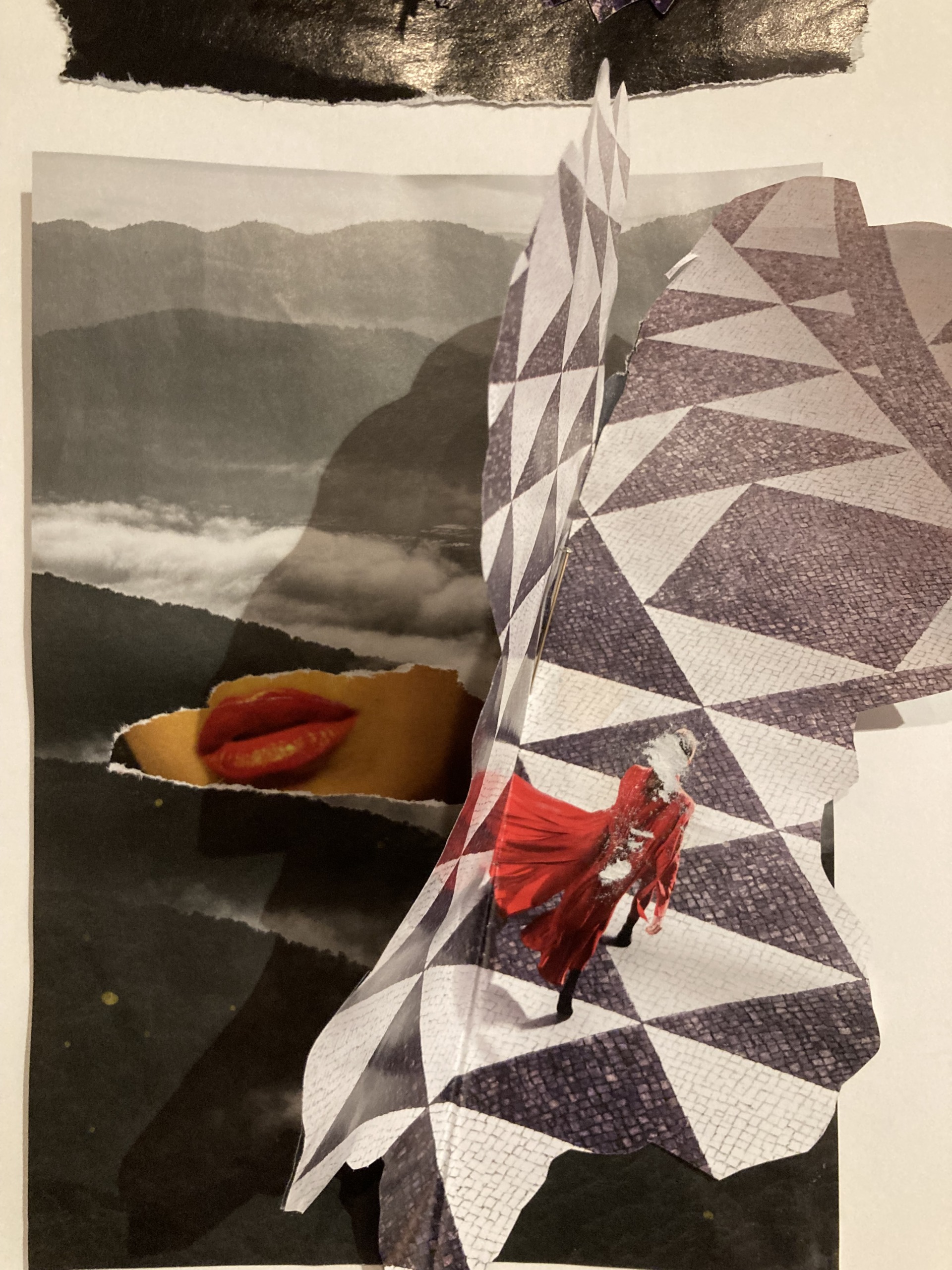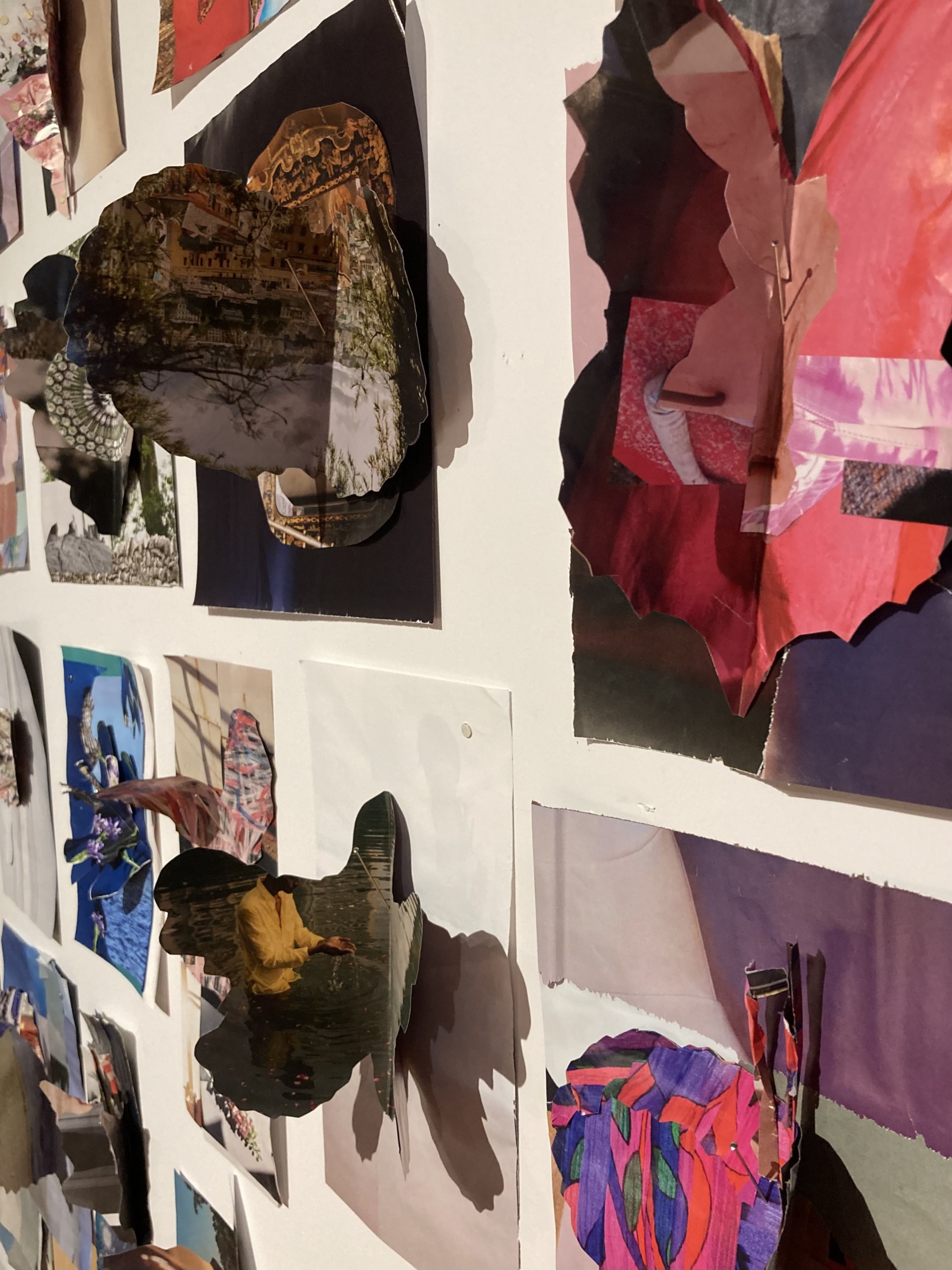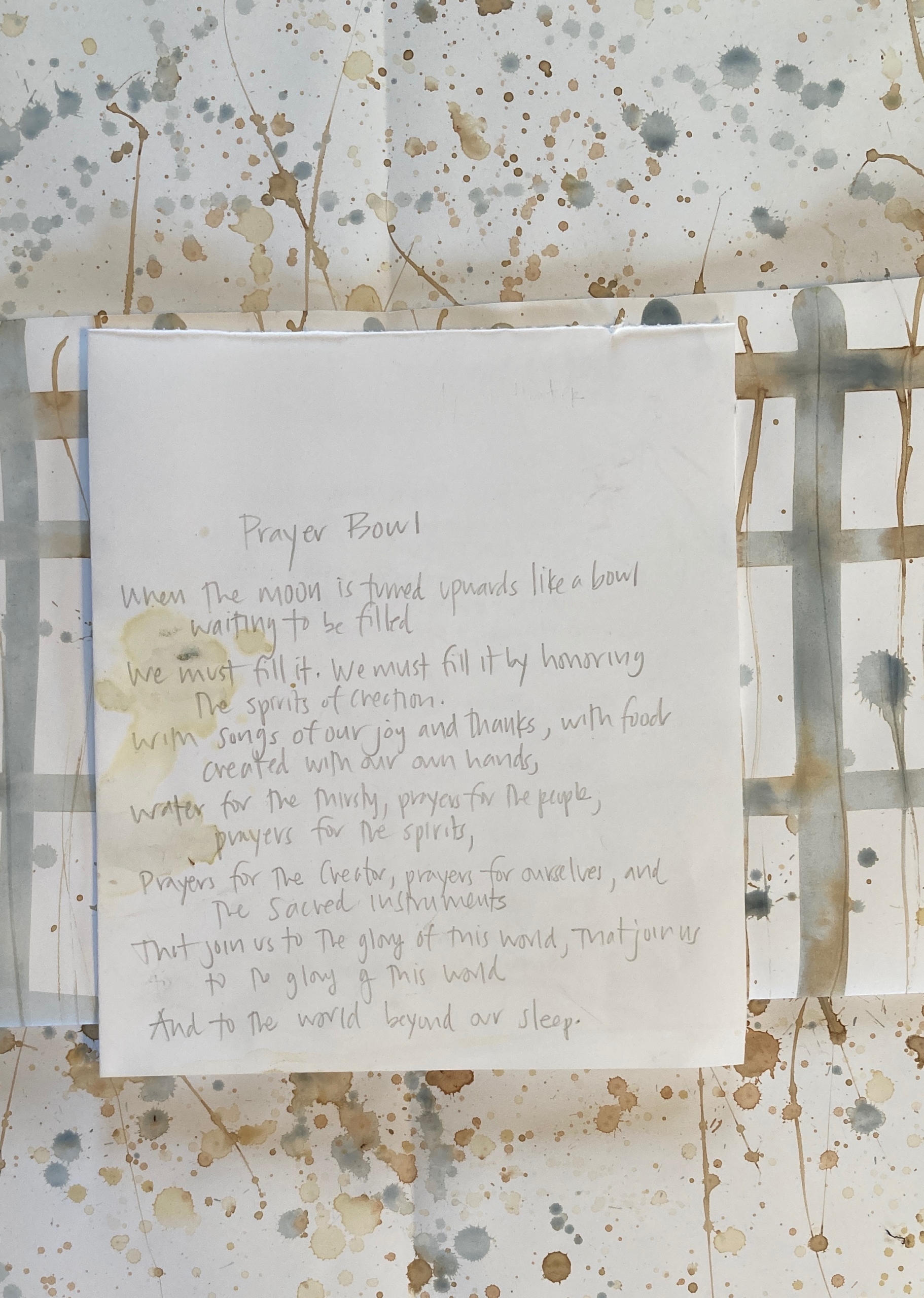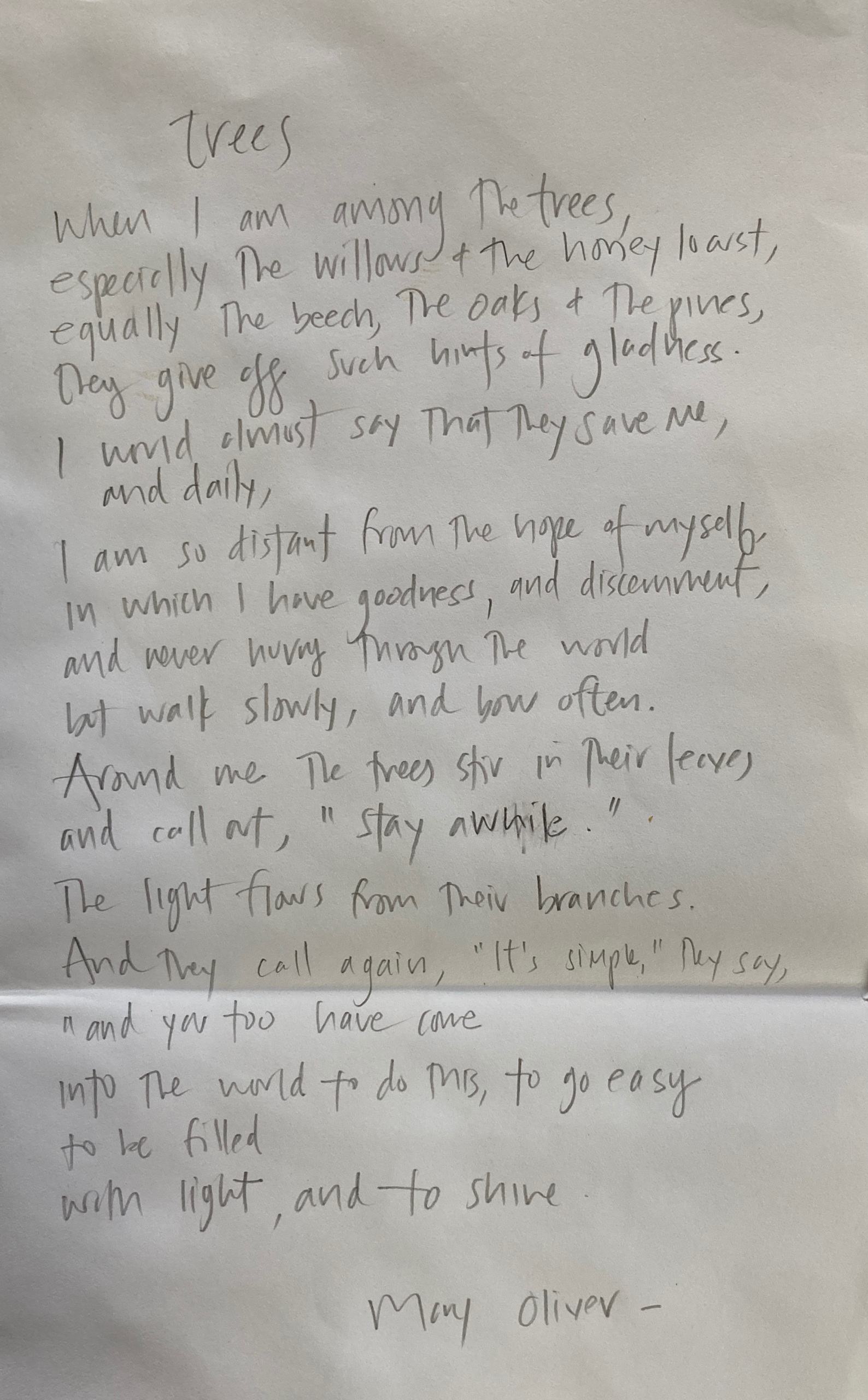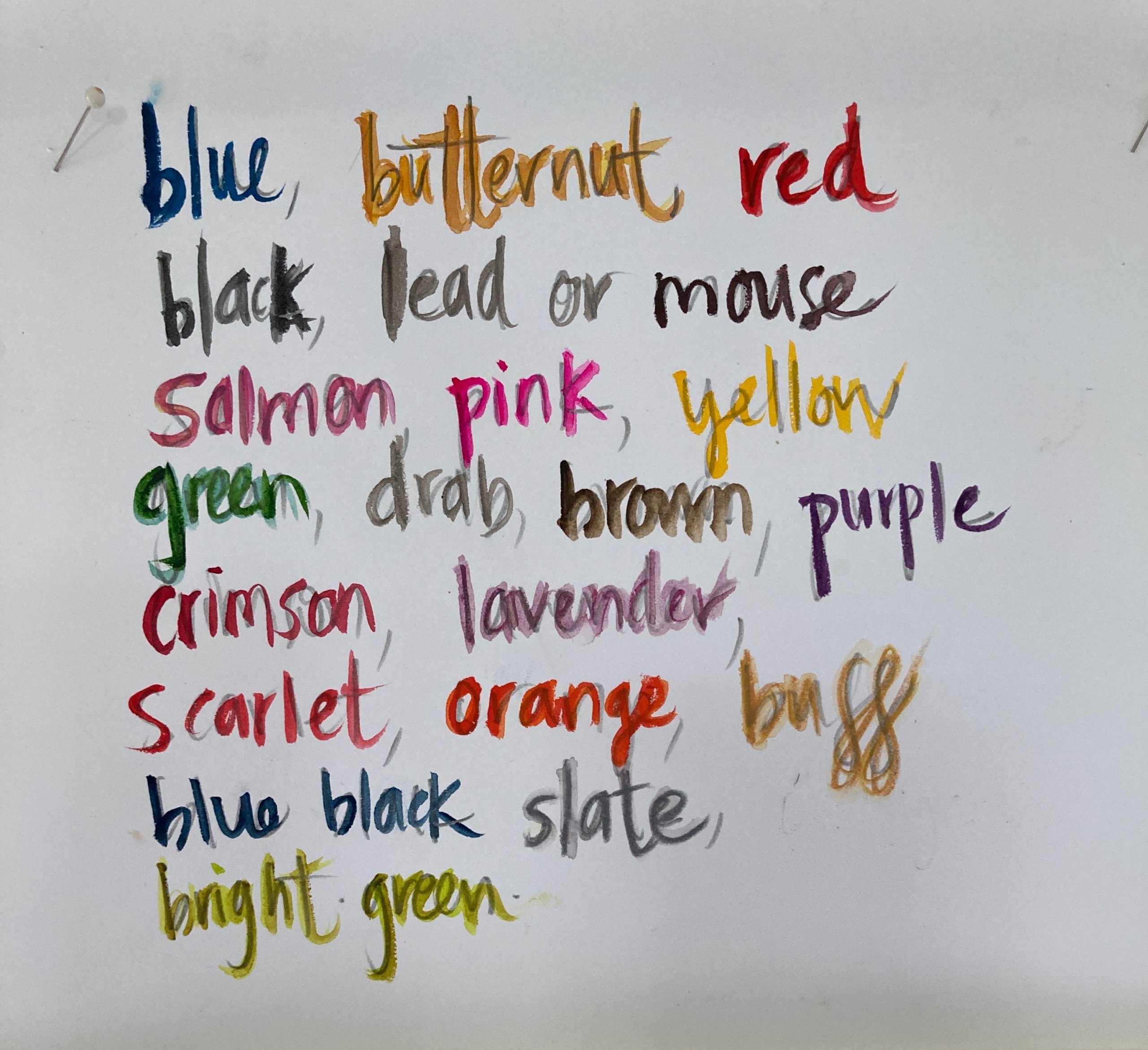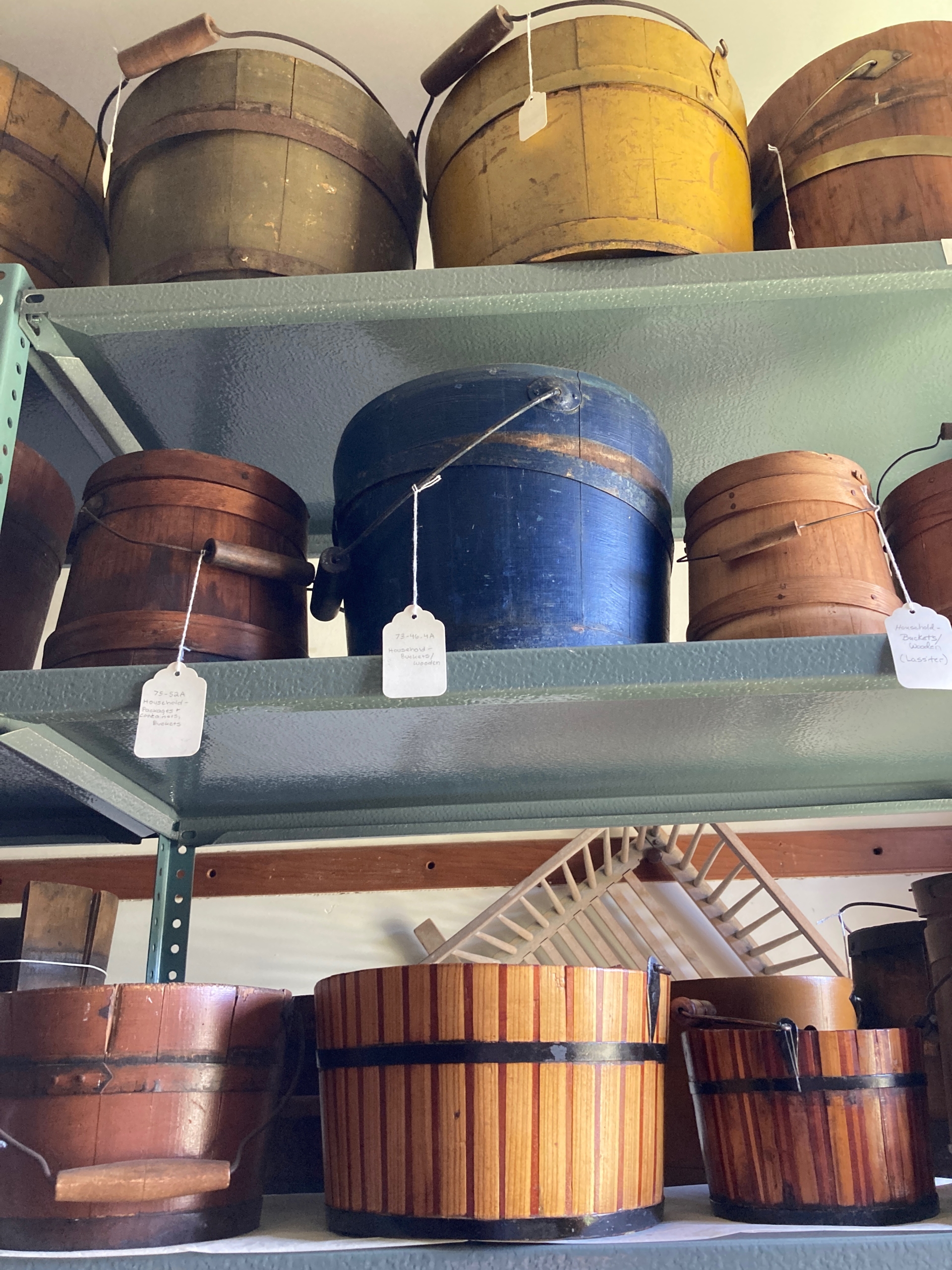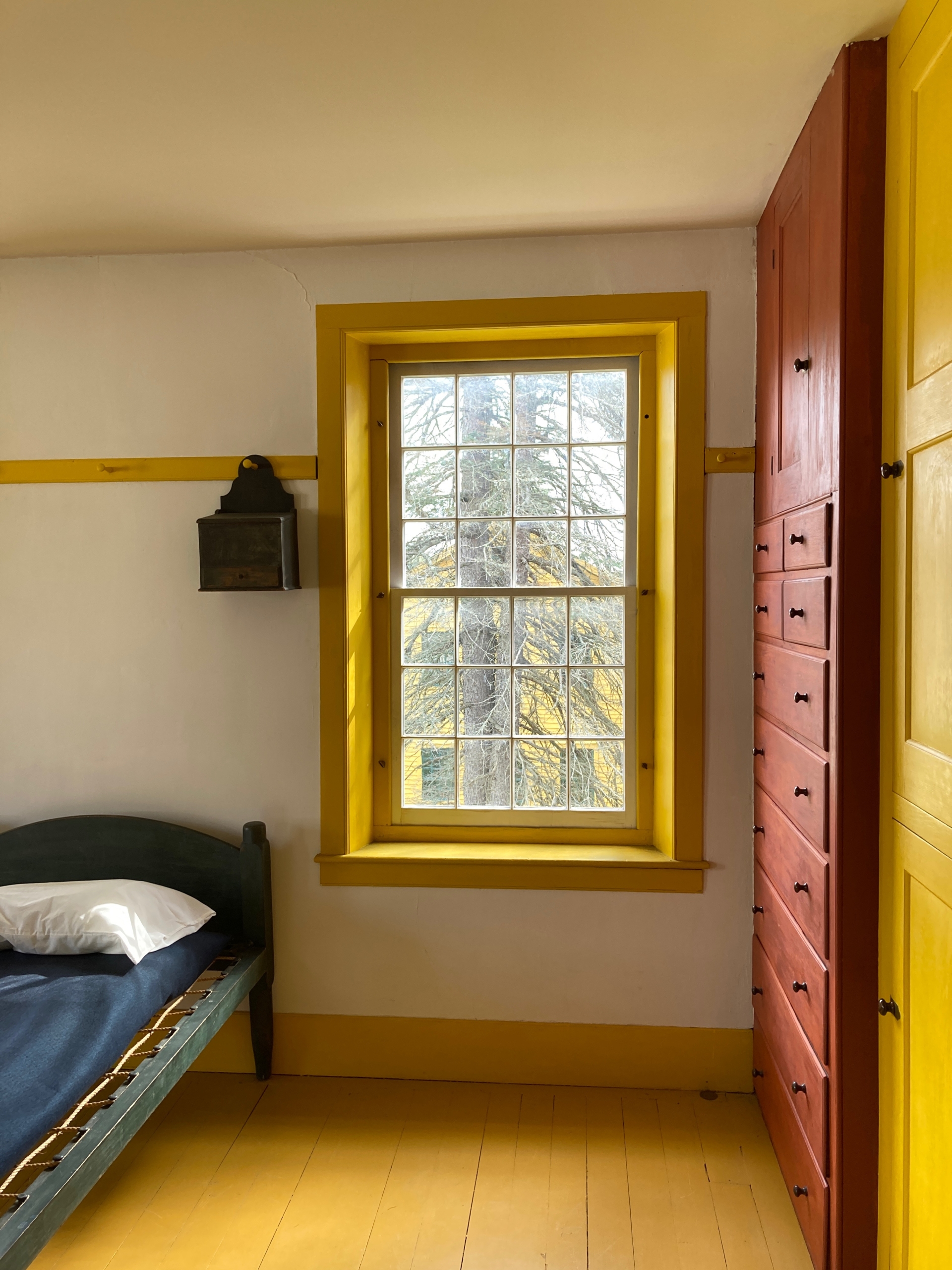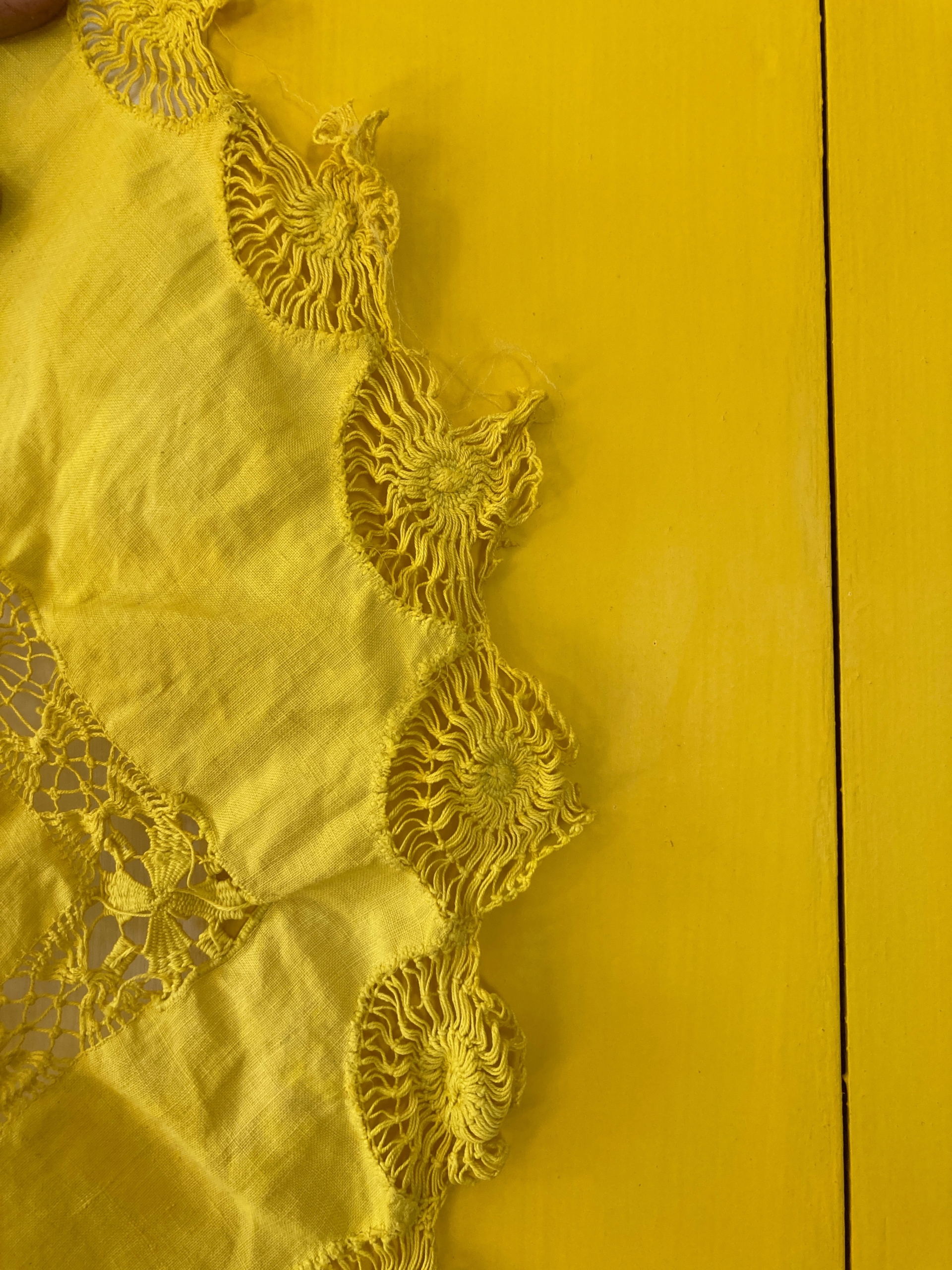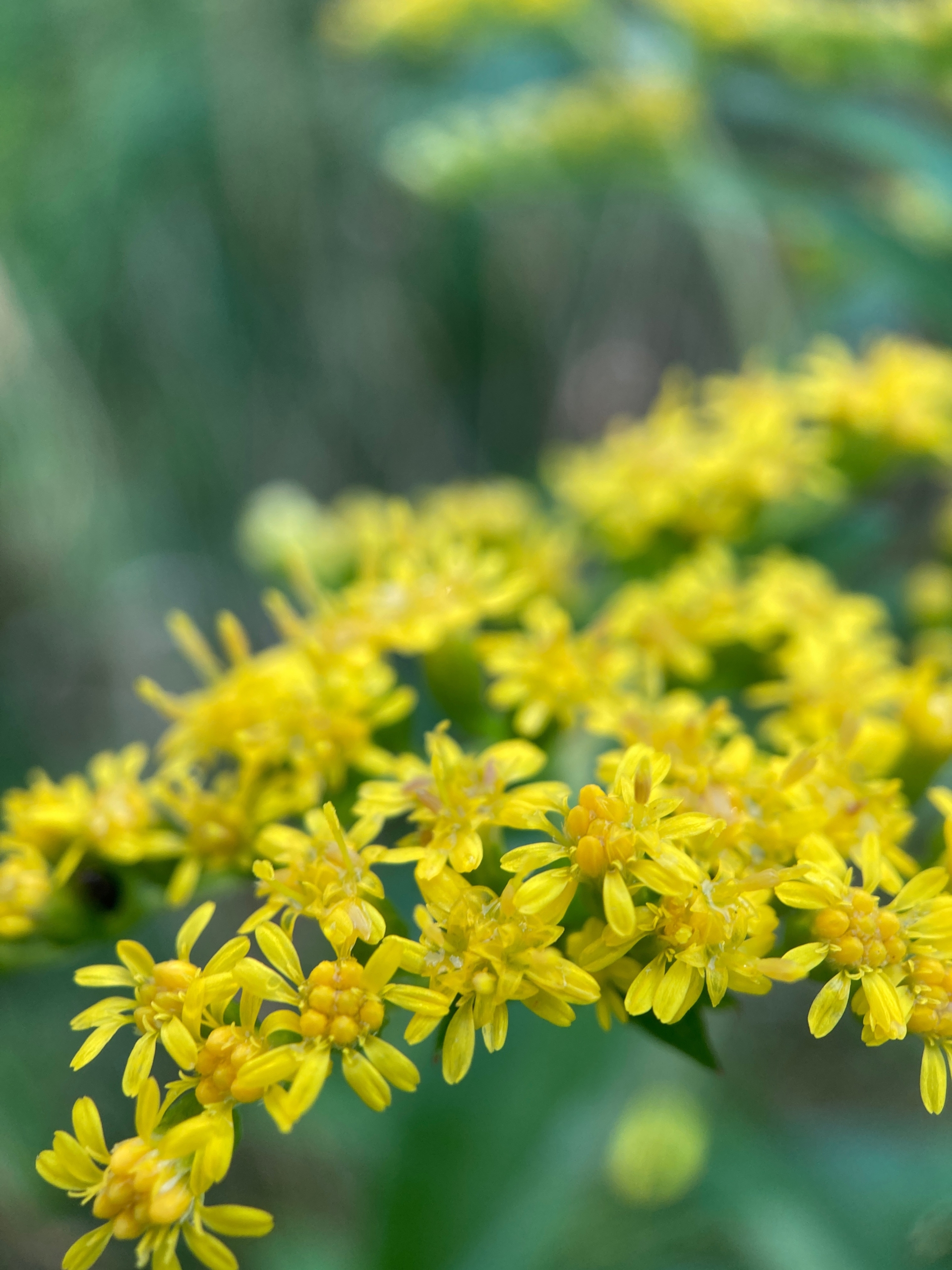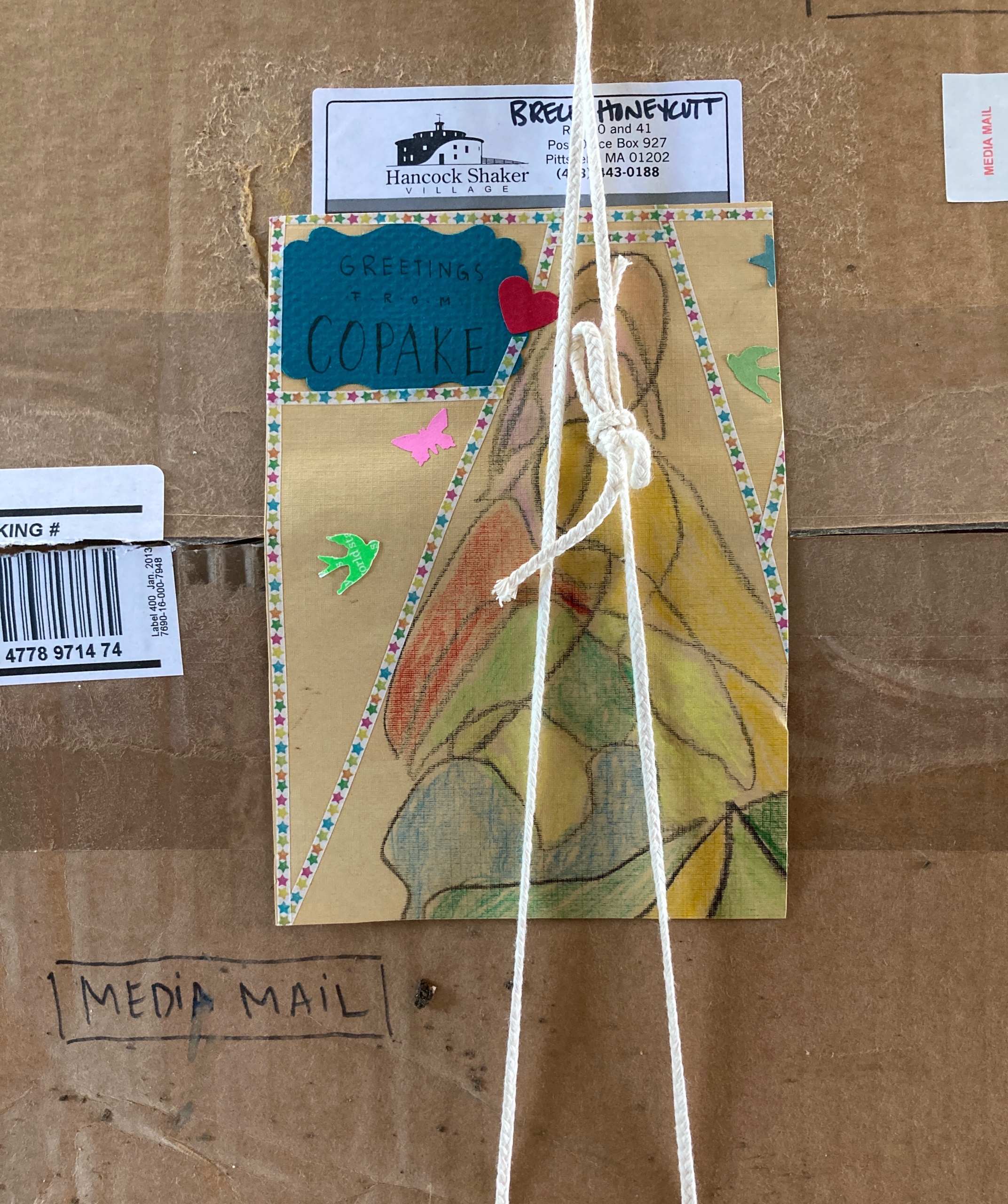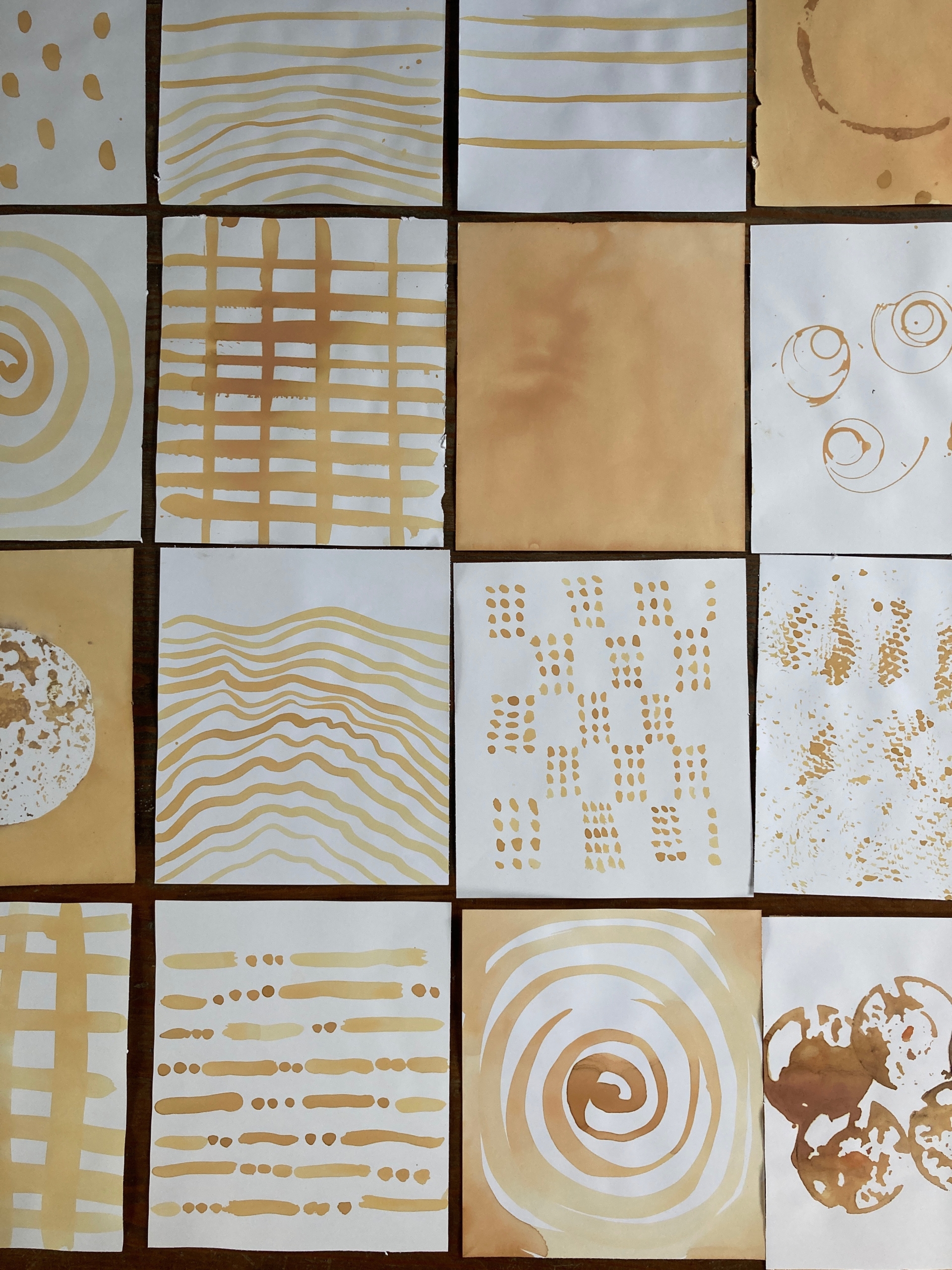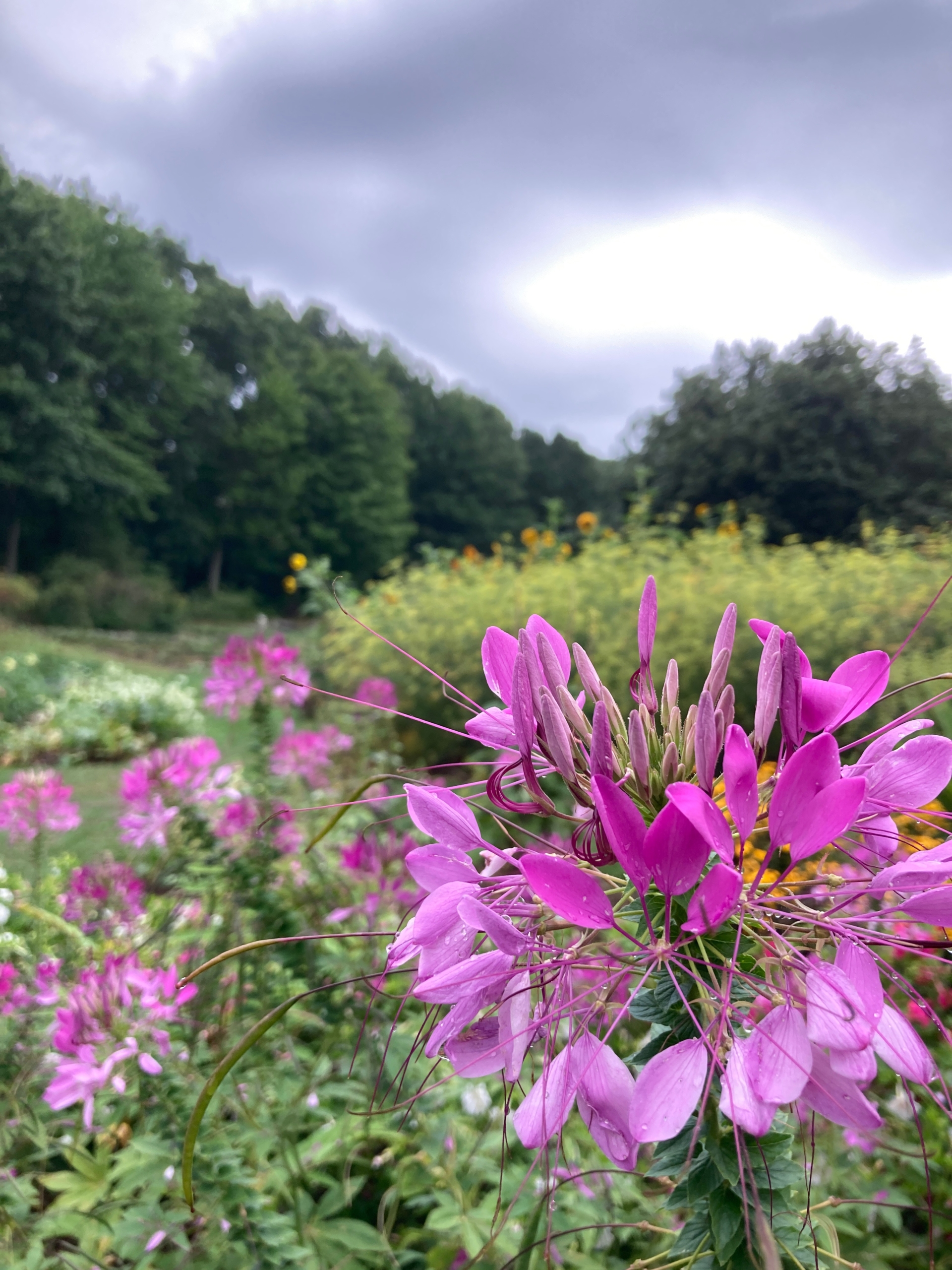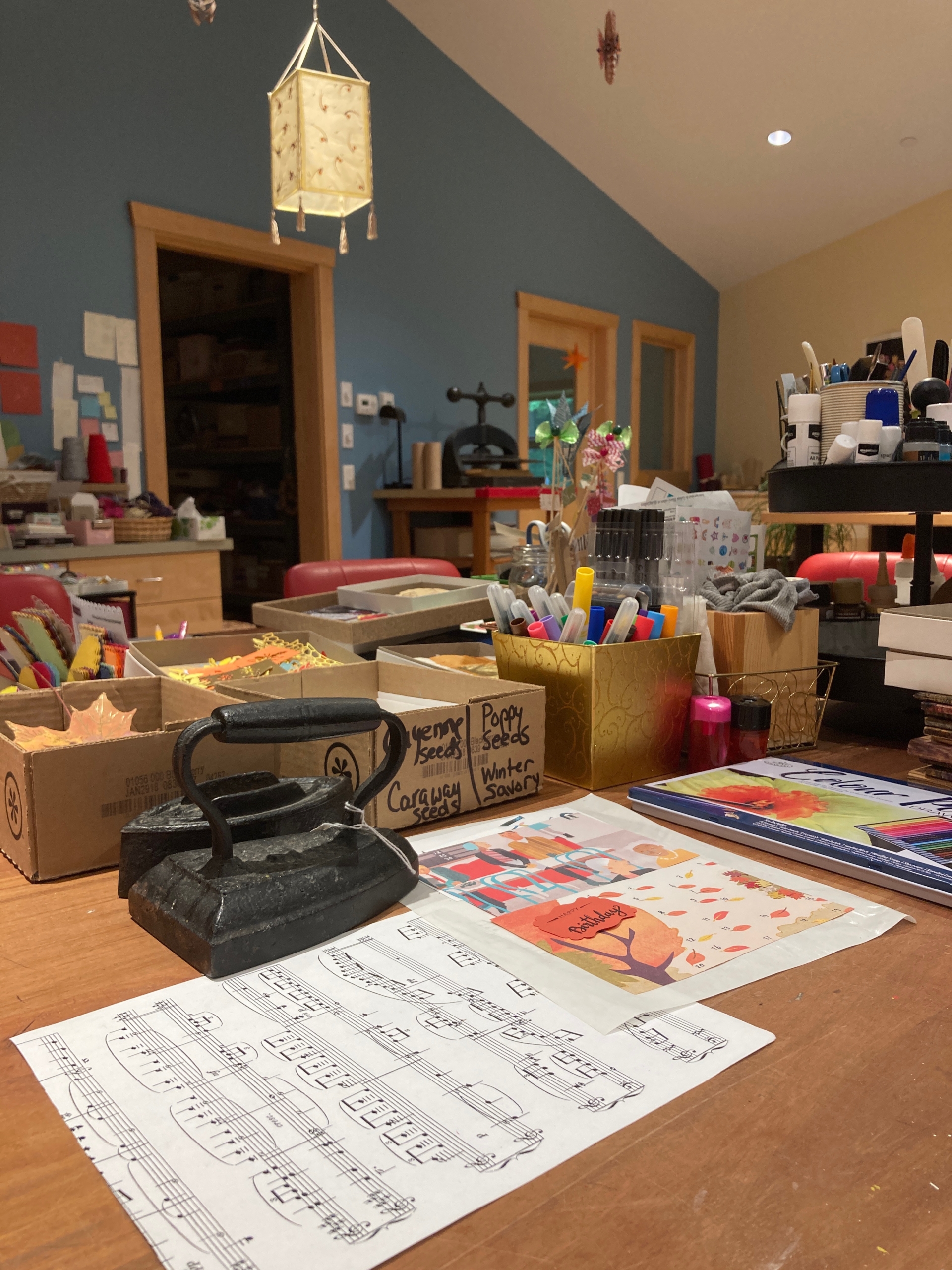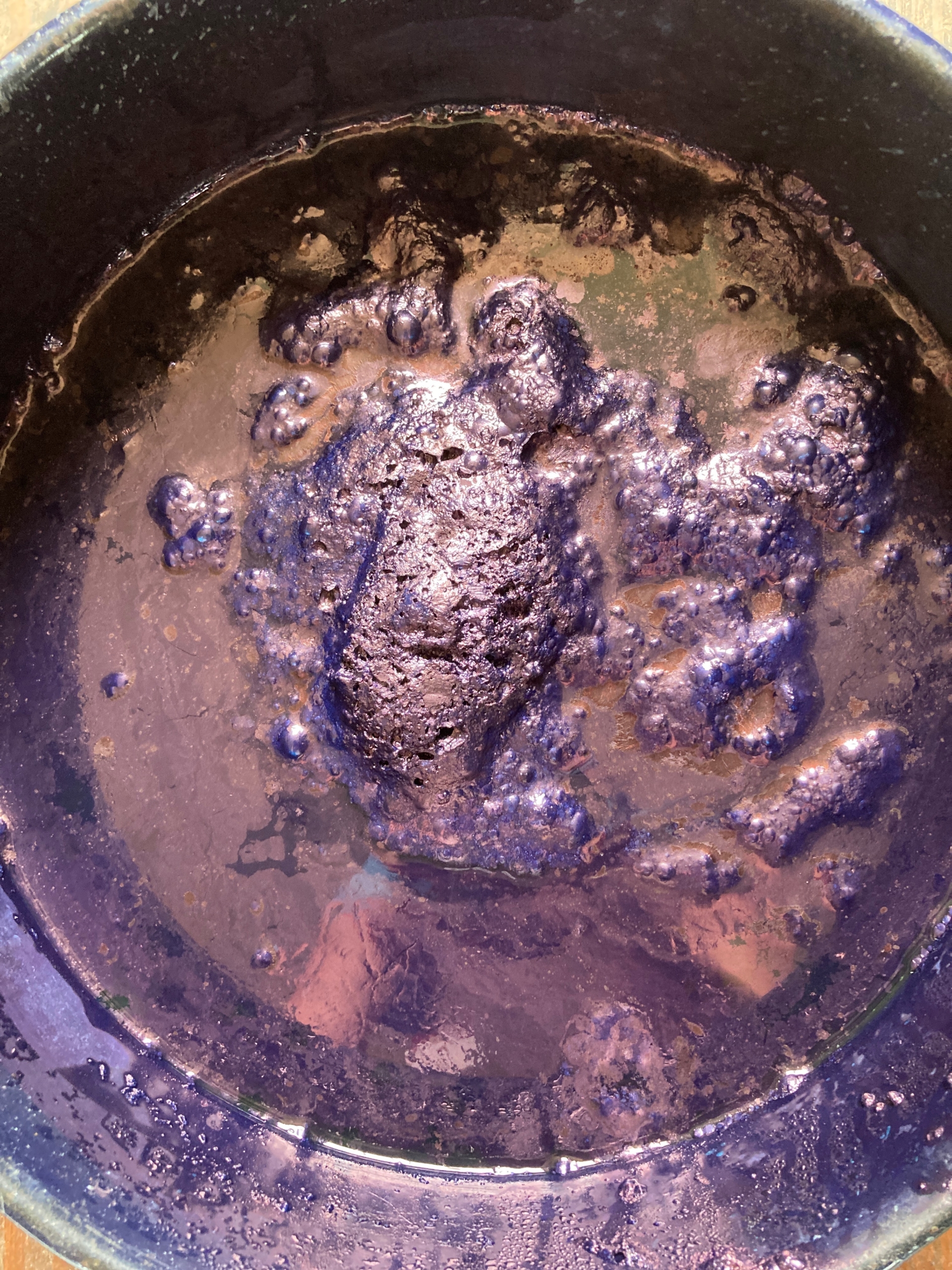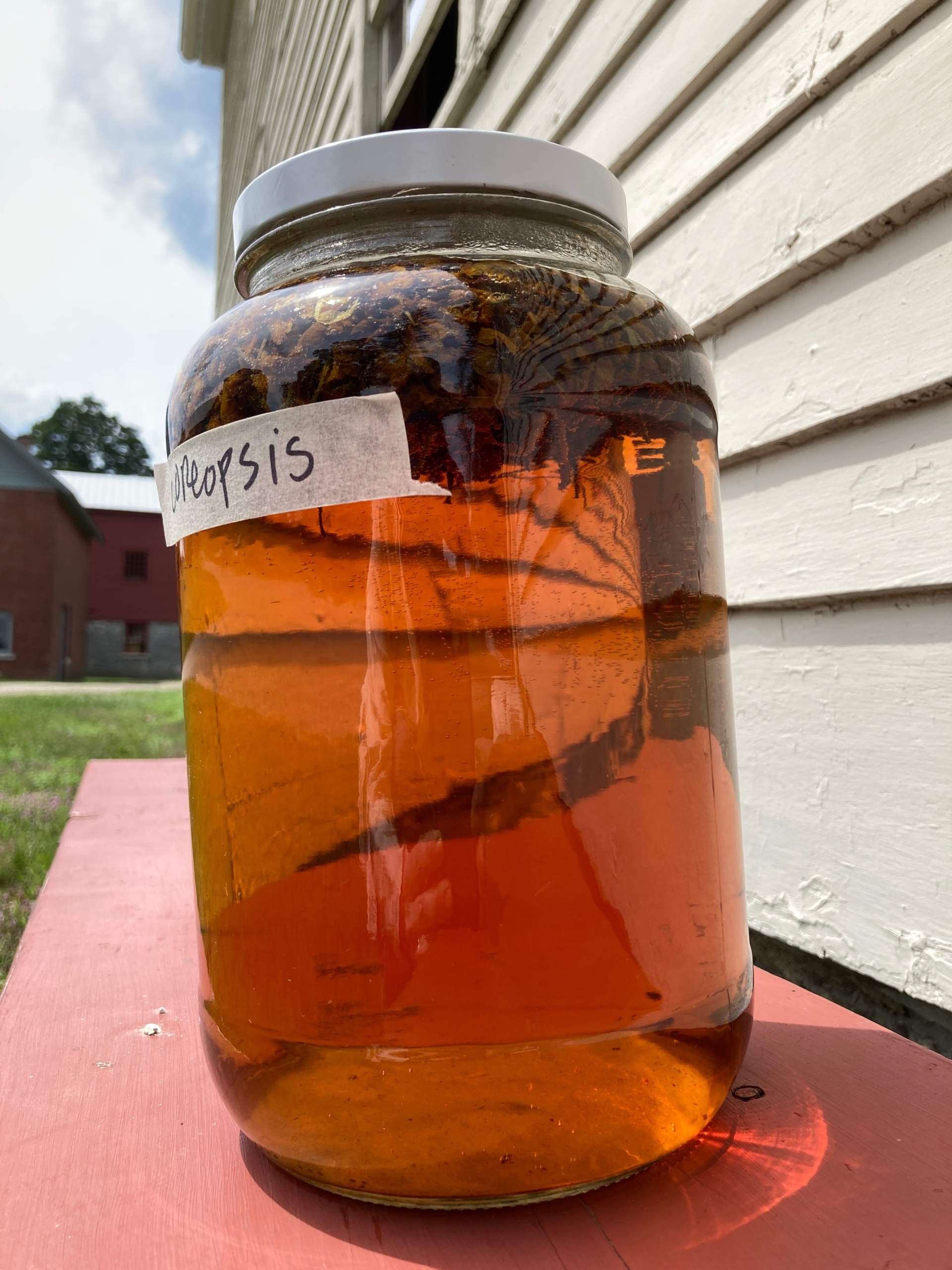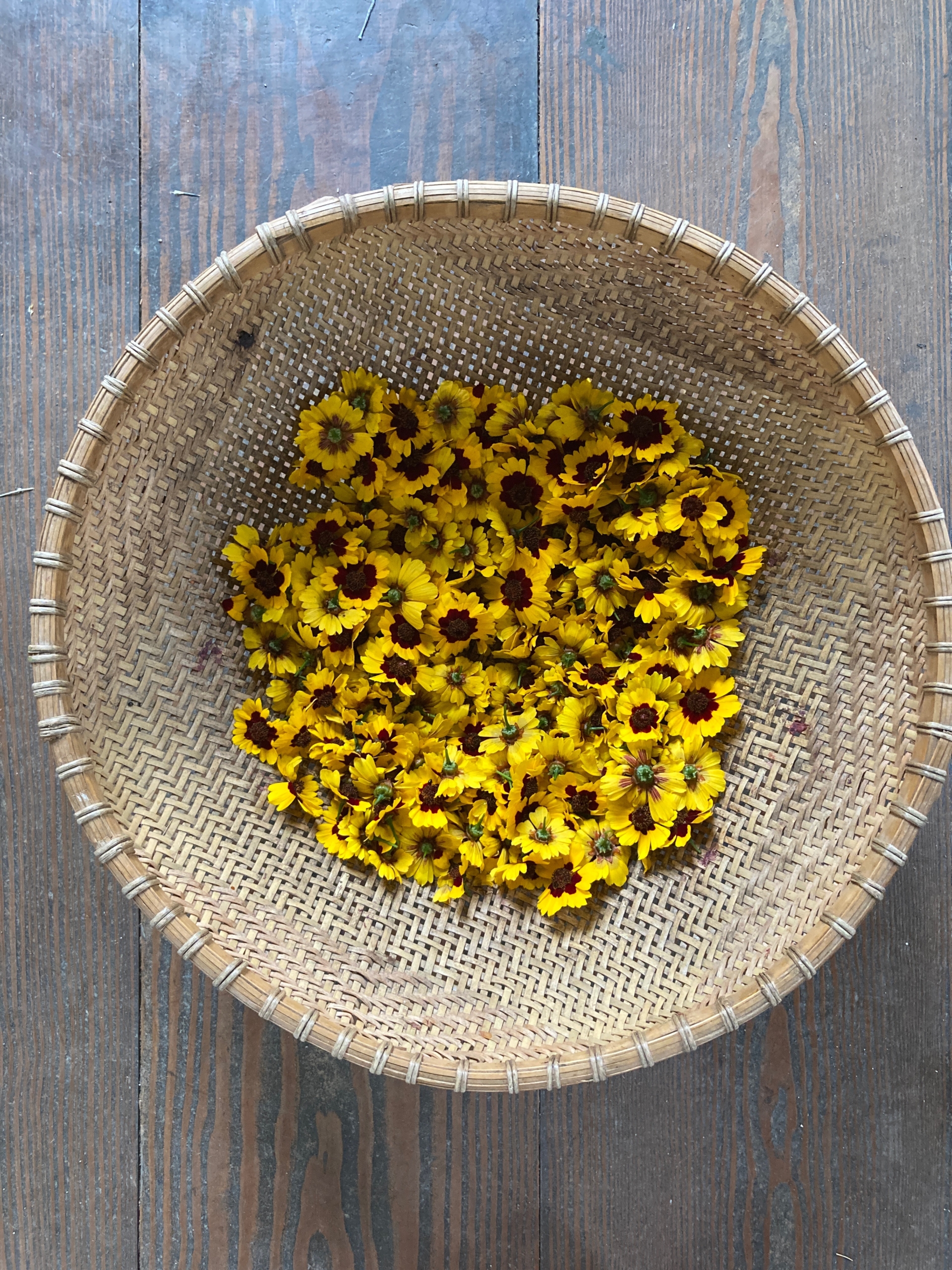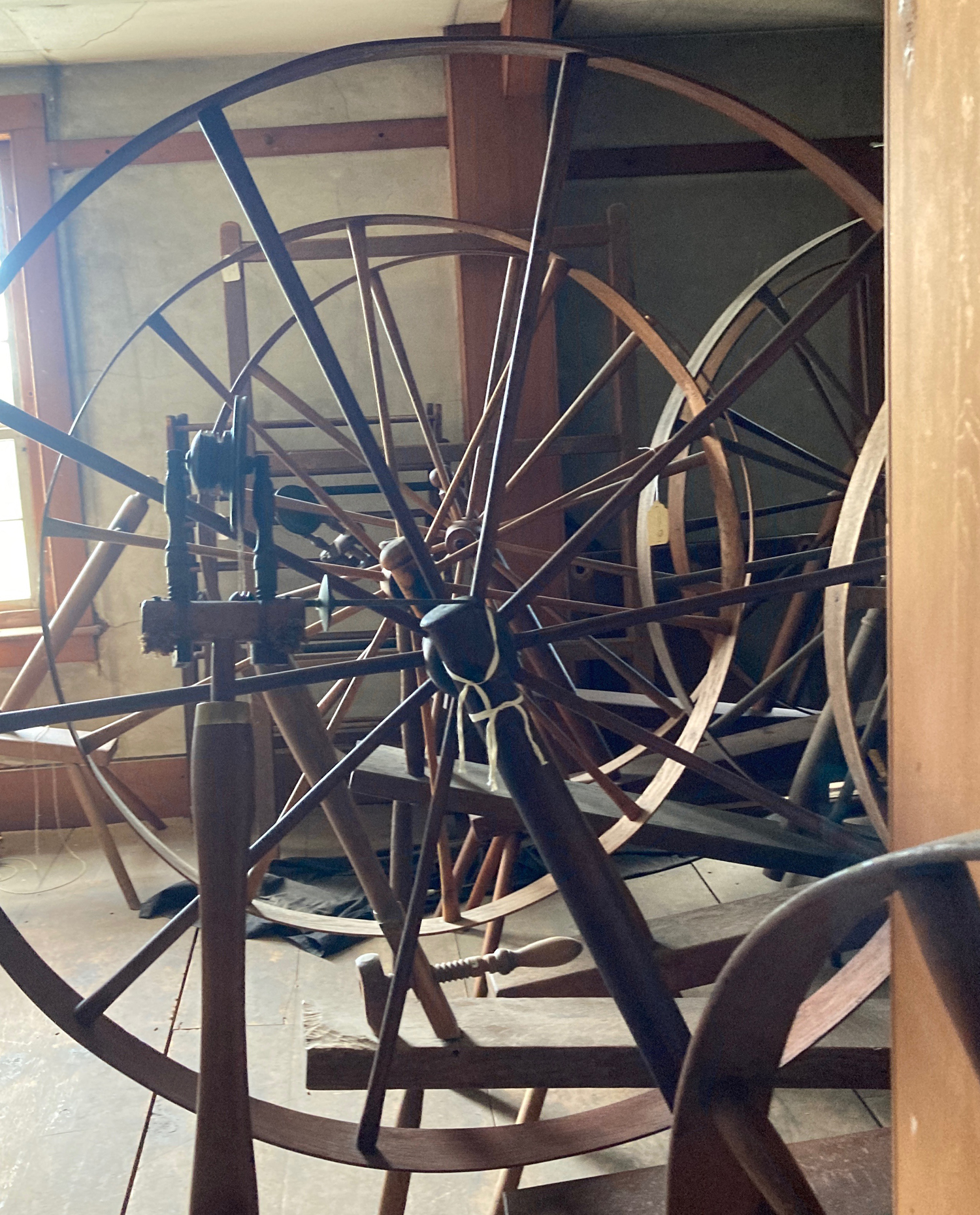butterflies & moths
one of my teachers used to say
make one, make fifty
and so here a kaleidoscope*
made sixty five or more
and still no wiser
as to the whys
and wherefores
* a group of butterflies is called a kaleidoscope
.
.
and a Mary Oliver poem
.
.
One or Two Things
Don’t bother me.
I’ve just
been born.
The butterfly’s loping flight
carries it through the country of the leaves
delicately, and well enough to get it
where it wants to go, wherever that is, stopping
here and there to fuzzle the damp throats
of flowers and the black mud; up
and down it swings, frenzied and aimless; and sometimes
for long delicious moments it is perfectly
lazy, riding motionless in the breeze on the soft stalk
of some ordinary flower.
The god of dirt
came up to me many times and said
so many wise and delectable things, I lay
on the grass listening
to his dog voice,
crow voice,
frog voice; now,
he said, and now,
and never once mentioned forever,
which has nevertheless always been,
like a sharp iron hoof,
at the center of my mind.
One or two things are all you need
to travel over the blue pond, over the deep
roughage of the trees and through the stiff
flowers of lightning—some deep
memory of pleasure, some cutting
knowledge of pain.
But to lift the hoof!
For that you need
an idea.
